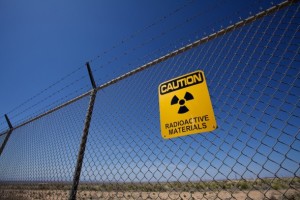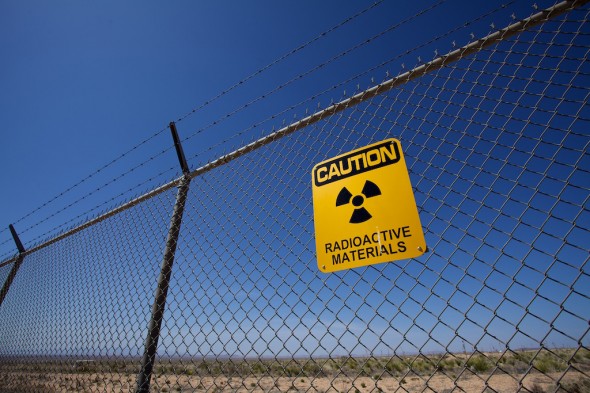
Obama’s Last Nuclear Summit Meets as the Threat of Terrorism Looms
Obama’s Last Nuclear Summit Meets as the Threat of Terrorism Looms
Barack Obama has made nuclear security a centerpiece of his administration, but experts say the risk of nuclear terrorism is ratcheting up.
President Barack Obama’s final Nuclear Security Summit, which begins on Thursday at the White House, comes at a time of extraordinary promise, and extraordinary peril, for the global nuclear industry. At least 65 new reactors are under construction worldwide, according to the World Nuclear Association, and more than 170 are planned. At the same time, a new generation of advanced reactors is under development that could dramatically transform the safety and performance of nuclear power plants.
But in the wake of the Brussels and Lahore terror attacks, the risk of nuclear terrorism is higher than it’s been since Obama first made nonproliferation one of the centerpieces of his presidency. While Obama’s efforts to reduce the availability of weapons-grade nuclear material have borne fruit in Ukraine and elsewhere, “tons of materials that terrorists could use to make small nuclear devices or dirty bombs remain deeply vulnerable to theft,” the New York Times reported.
“In the two years since the last nuclear security summit, security for nuclear materials has improved modestly,” concludes a report published this month by Harvard’s Belfer Center, “but the capabilities of some terrorist groups, particularly the Islamic State, have grown dramatically, suggesting that in the net, the risk of nuclear terrorism may be higher than it was two years ago.”

The heads of state of both India and China, the two countries leading the nuclear construction boom, will attend the summit. But neither Russian president Vladimir Putin nor Pakistan’s prime minister, Nawaz Sharif, will be there. Pakistan, China, and India are among the countries planning new facilities to separate plutonium from spent nuclear fuel—which raises “the potential for reprocessing capabilities to spark a nuclear arms race should nations choose to divert plutonium stocks towards weapons programs rather than civilian facilities,” writes Gary Samore, formerly the White House coordinator for arms control and weapons of mass destruction.
Building new nuclear plants could help countries with growing demand for electricity meet their targets for carbon emissions reductions under the Paris climate accord. But many observers think those plans are unrealistic.
For example, two huge nuclear projects in India slated to be built by Westinghouse and GE are expected to cost upward of $95 billion. According to a new report from the Institute for Energy Economics and Financial Analysis, “the proposed Mithi Virdi and Kovvada nuclear projects are not economically or financially viable, they would take much longer than expected to build, they would result in higher bills for ratepayers, and, if they are built, they might not work as advertised.”
(Read more: New York Times, Reuters)

Leave a Reply